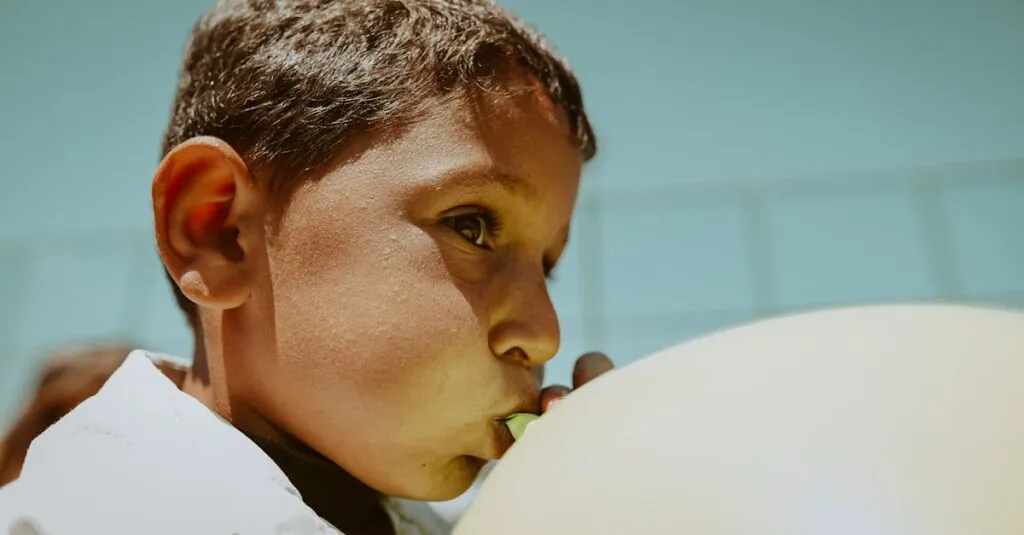Why Start Meditation Early?
Introducing meditation to preschoolers might sound a bit like trying to teach cats to do algebra. Yet, starting early can cultivate focus and emotional resilience.
Imagine little Timmy, sitting cross-legged, breathing deeply while visualizing a peaceful lake. Such moments aren’t just cute; they build a foundation for dealing with life’s stormy weather.
Children are sponges—they pick up practices easily when modeled by adults. So grab your tiny human, nestle on a comfy rug, and try these exercises together!
Benefits of Early Meditation
- Enhances Concentration: Regular meditation helps kids focus better.
- Builds Emotional Resilience: Meditation teaches children how to manage their emotions.
- Encourages Visualization: Techniques like visualizing a peaceful lake promote calmness.
- Fosters Faith: It sows seeds of faith in life’s unseen support.
Start your meditation journey today and watch your child’s emotional landscape flourish!

Simple Breathing Exercises for Kids
Breathing exercises are the gateway to meditation for kids. Start simple with the ‘Balloon Technique.’
- Ask your child to place their hands on their belly.
- Breathe deeply through the nose.
- Imagine blowing up a big, colorful balloon in their tummy.
- Hold for a moment, then slowly deflate the balloon as they exhale.
This fun, vibrant imagery makes breathing engaging. Plus, it serves as a marvelous tool for calming wobbly emotions.
Remember, practice makes progress. With consistency, your child will find solace in their breath during those unpredictable meltdowns.

Mindfulness and Imagination
Mindfulness with preschoolers can feel like herding kittens, but incorporating storytelling ensures success. Encourage kids to close their eyes and picture their favorite animal in a tranquil jungle.
Guiding Imaginative Exploration
Guide them with questions:
- What do they hear?
- Can they feel the breeze?
This encourages imaginative exploration and self-awareness. Integrating mindfulness with storytime creates a dual benefit: the growth of their imagination alongside emotional intelligence. It’s like offering them a secret superpower to navigate both playtime and life challenges.
Why It Matters
What’s more fun than superpowers and storytime?

Navigating Emotional Hiccups
Preschoolers have the emotional range of a dramatic opera. One minute they’re happy, and the next they may be in tears over a broken crayon. Meditation aids in helping them label these emotions.
- Use meditation stories with characters facing similar feelings.
- Provide techniques like blowing bubbles to ‘release’ jitters.
Be prepared for giggles, as humor always lightens the mood. Understand that emotional hiccups are part of growing up. By offering tools for managing emotions, you’re not only teaching them self-awareness but also resilience.
You’ll be their emotional hero—minus the cape!

Invite Your Little One’s Feedback
Kids love feeling heard and have surprisingly deep insights. After meditative exercises, encourage them to share their thoughts by asking questions such as:
- How did that make you feel?
- Did you like imagining the lake?
This feedback loop enriches mutual understanding and deepens their practice. You’ll uncover unique interpretations—
they may liken meditation to their favorite cartoon adventure!
Ensure that this is a two-way street: express your observations too. Encouraging input helps them take ownership of their practice, fostering a routine they enjoy returning to.

